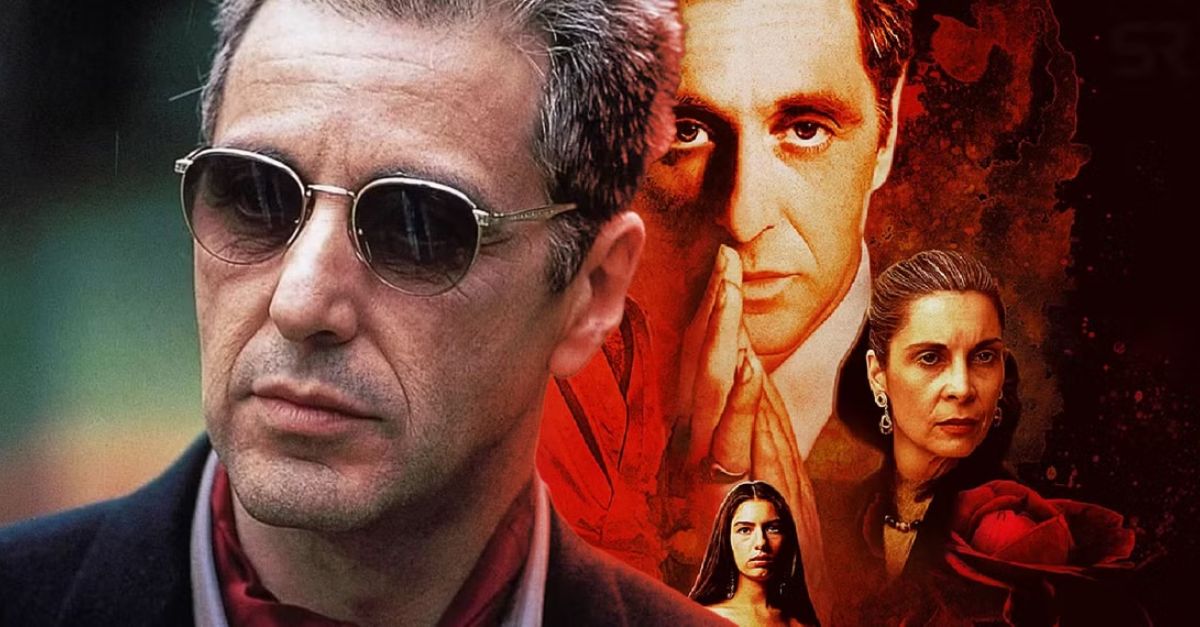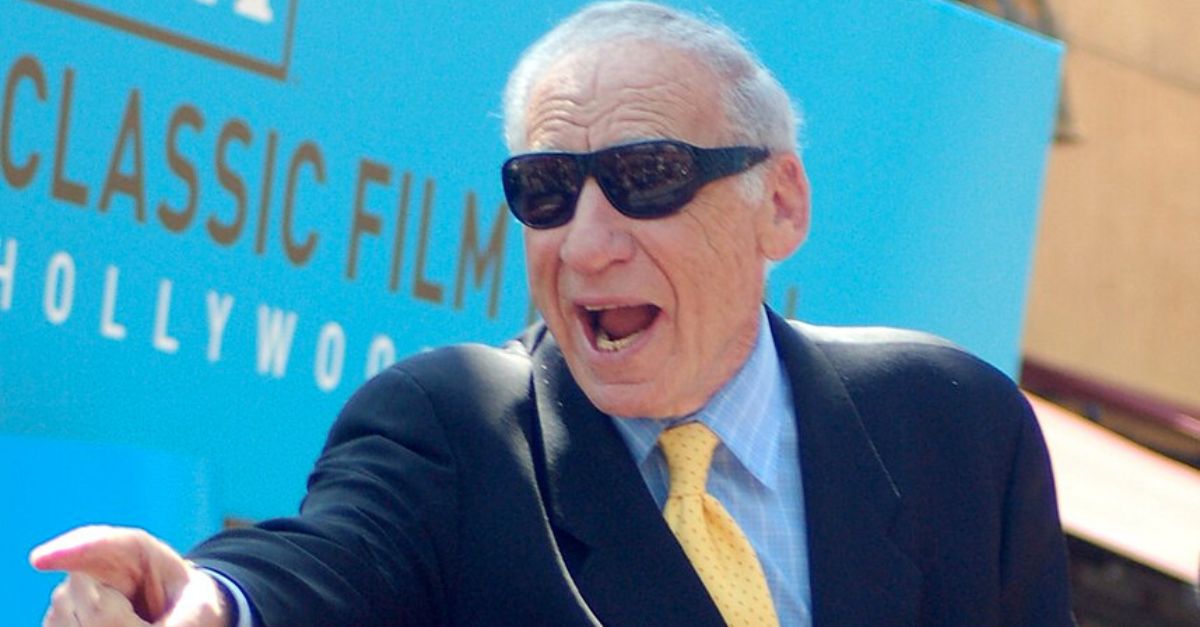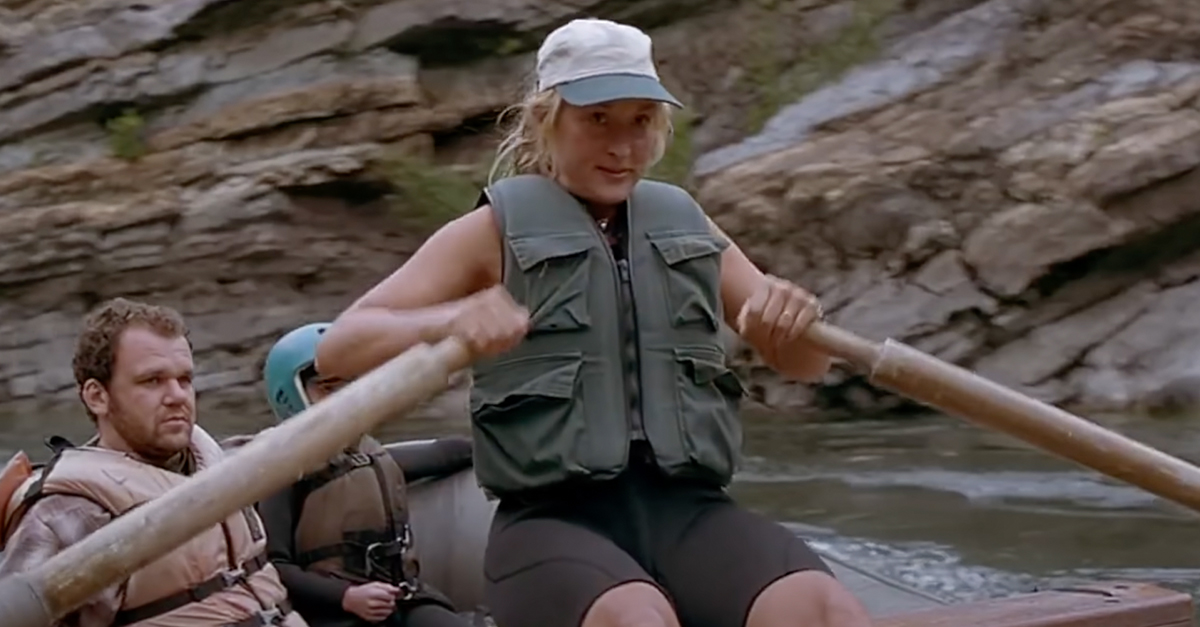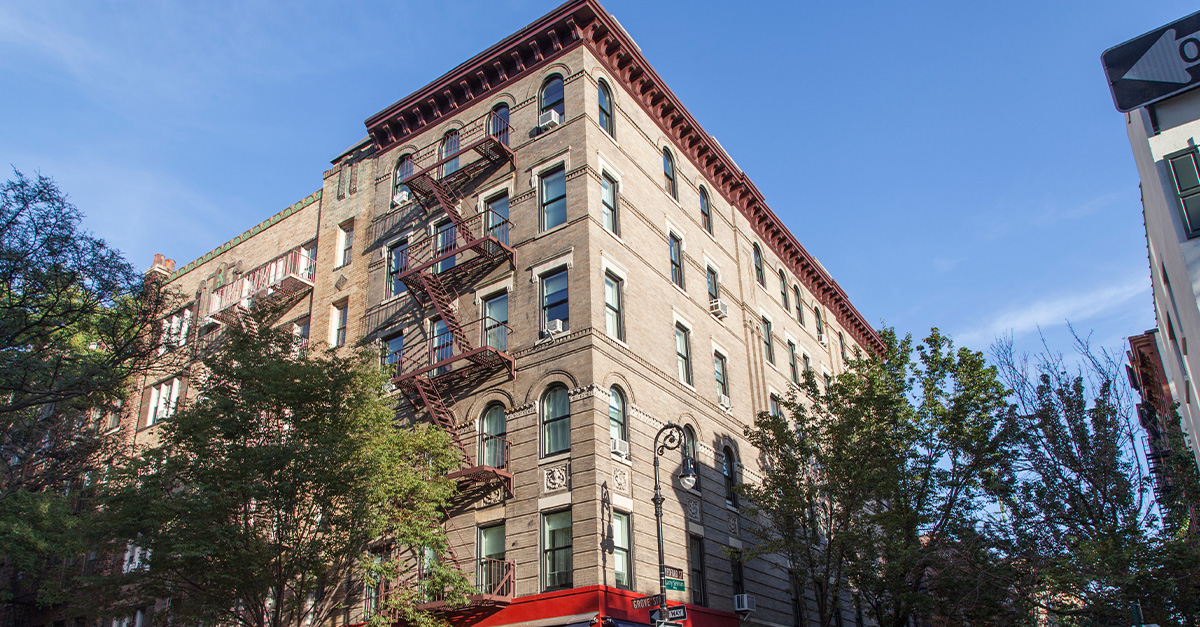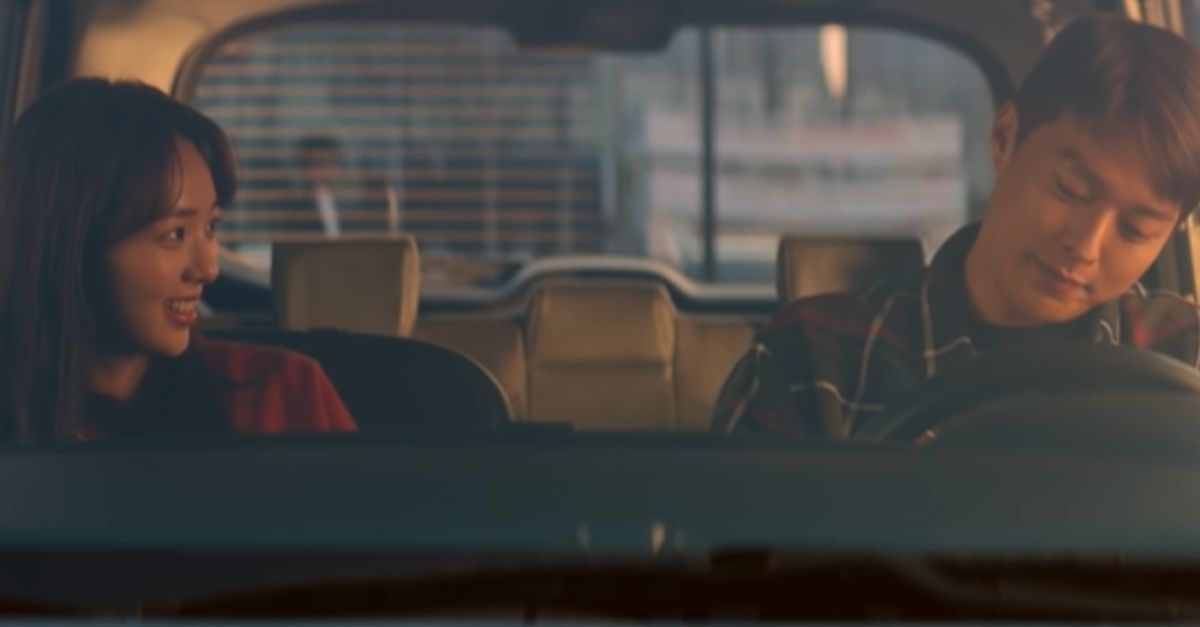Mafia Logic
Sure, it’s one of cinema’s most celebrated sagas, but even The Godfather isn’t immune to storytelling slip-ups. From vanishing characters to age-defying dons and suspiciously smooth Vatican deals, some moments leave us like this: “???”
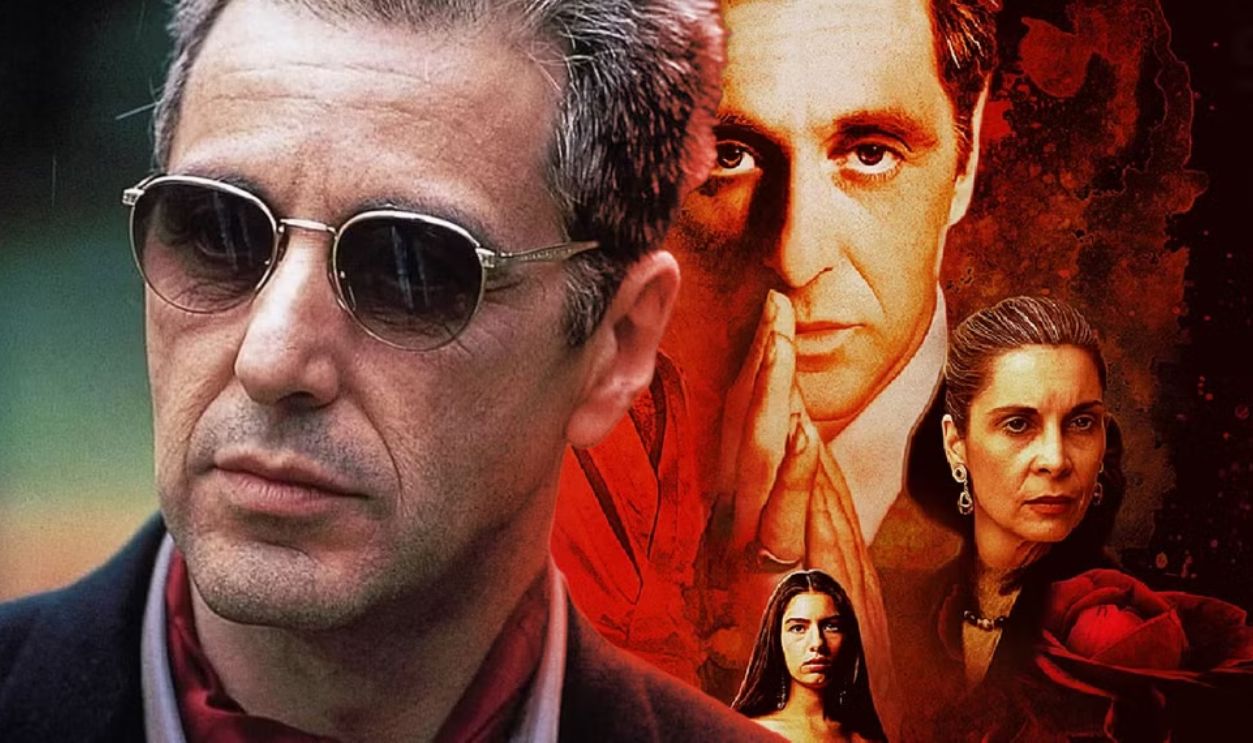
The FBI’s Weak Presence In Part III
Throughout the trilogy, the FBI is a constant threat, investigating and building cases against the Corleones. Yet, in Part III, their presence inexplicably fades despite high-profile murders and public corruption. This sudden absence weakens the sense of law enforcement pressure and undermines the trilogy’s earlier tension between crime and justice.
Joey Zasa’s Public Assassination At A Festival
Joey Zasa is gunned down in broad daylight during a crowded festival—a brazen act that should ignite immediate police and media frenzy. Yet, the aftermath shows little to no official response or public outrage. This lack of consequence feels unrealistic and undermines the gravity of such a high-profile assassination in a major city.
 The Godfather: Part III (1990) - Vincent Shoots Joey Zasa by W&H
The Godfather: Part III (1990) - Vincent Shoots Joey Zasa by W&H
The Vatican Deal In Part III Happening So Fast
A billion-dollar Vatican real estate deal doesn’t just get pushed through with a few handshakes. Yet that’s exactly what The Godfather Part III suggests. Layers of bureaucracy vanish, and the Church hands over its financial soul in record time. Even by cinematic standards, this holy business venture moves unrealistically fast.
Vincent’s Undefined Age And Backstory
Vincent appears out of nowhere, fully formed, with no hint of what he’s done up until now. His age and even upbringing remain vague. For someone positioned to lead the family, viewers are given very little to trust or question—just an angry heir with a last name that fits.
 The Godfather: Part III (1990) - Vincent Meets Don Altobello by W&H
The Godfather: Part III (1990) - Vincent Meets Don Altobello by W&H
Tom Hagen’s Disappearance In Part III
He was consigliere, cleanup man, and family glue—but by Part III, Tom Hagen is just...gone. No grave, no flashback, except one line that mentions he passed away. The omission stings more because legal chaos swirls around Michael, and the one man who’d make sense of it isn’t even in the room.
 Michael Corleone makes Tom Hagen the Don | The Godfather Part II | CLIP by Boxoffice Movie Scenes
Michael Corleone makes Tom Hagen the Don | The Godfather Part II | CLIP by Boxoffice Movie Scenes
Kay’s Children Switching Loyalties Off-Screen
From distant to devoted, Mary and Anthony shift their attitudes toward Michael with zero explanation. Last we saw, Kay wanted them shielded from the Corleone shadow. Suddenly, they’re harmonizing and holding hands like trauma never happened. Without on-screen development, the emotional whiplash leaves these character arcs feeling incomplete.
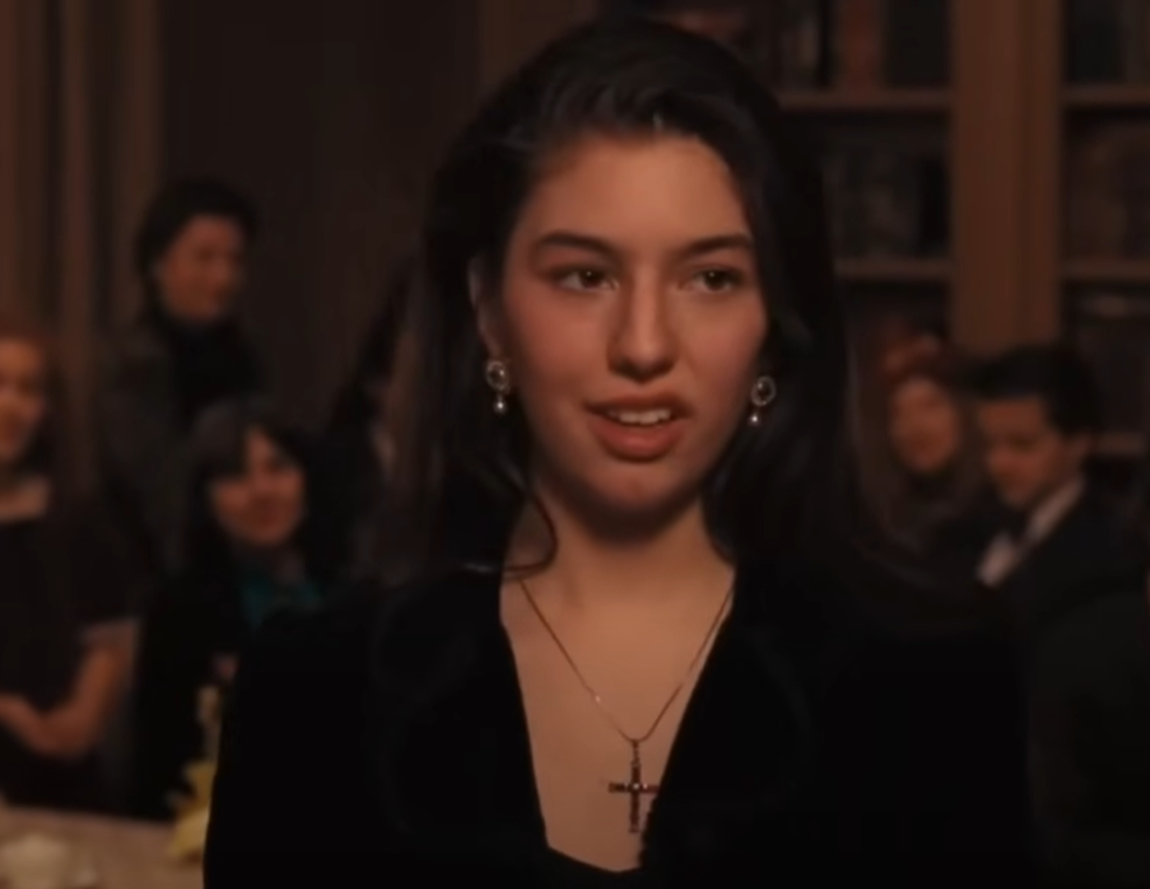 Paramount Pictures, The Godfather Part III (1990)
Paramount Pictures, The Godfather Part III (1990)
Apollonia’s English Level And Education Are Never Addressed
She barely speaks to Michael before becoming his wife, yet somehow, they communicate enough to plan a life together. There’s no mention of language barriers or how this Sicilian teenager adjusts to the expectations of an American fiance. Their romance skips straight from eye contact to wedding vows.
 Michael Meets Apollonia - The Godfather 1972 by Progressive Clips
Michael Meets Apollonia - The Godfather 1972 by Progressive Clips
Fredo Revealing Too Much To A Stranger In Cuba
Loose lips sink families, apparently. Fredo blurts out damning details to a man he barely knows in Havana, despite supposedly fearing Michael’s wrath. For someone involved in criminal operations, his carelessness is baffling. It's as if the writers needed the truth out and sacrificed Fredo’s survival instincts to do it.
 "You're nothing to me now Fredo" | The Godfather 2 Legendary Scene by Boxoffice Movie Scenes
"You're nothing to me now Fredo" | The Godfather 2 Legendary Scene by Boxoffice Movie Scenes
Connie Turning Into A Manipulative Consigliere
Once grieving and dependent, Connie reemerges in Part III with a cold edge and a thirst for power. While the character growth is intriguing, nothing explains how she went from victim to backroom strategist. It’s a sharp pivot with no backstory—just a new personality in a new dress.
Sonny Charging Alone Into A Known Ambush
Even hotheads have instincts, and Sonny had been around the block. So why would he fly solo to a trap with zero backup? His murder is brutal, yes, but the setup makes little tactical sense. It’s emotional payoff over logic, and it stains an otherwise tight criminal operation.
 The Godfather: A Final Farewell of the Corleone Brothers by AD Vids
The Godfather: A Final Farewell of the Corleone Brothers by AD Vids
Vincent Biting Zasa’s Ear In A Business Setting
In a room full of respected dons, Vincent lunges at Joey Zasa and bites his ear because, apparently, intimidation equals promotion. Instead of being reprimanded or exiled, he’s rewarded with more power. It’s a moment that feels more WWE than Mafia and wildly inconsistent with the Corleone code of decorum.
 The Godfather: Part 3 (2/10) Movie CLIP - All Bastards Are Liars (1990) HD by Movieclips
The Godfather: Part 3 (2/10) Movie CLIP - All Bastards Are Liars (1990) HD by Movieclips
Connie’s Age Shift In Part III
In Part I, Connie and Michael are close in age. Fast-forward to Part III, and she appears decades younger than her brother, without explanation. While Michael ages with a burdened face and tired voice, Connie glides through scenes with renewed youth. The contrast raises questions the film never tries to answer.
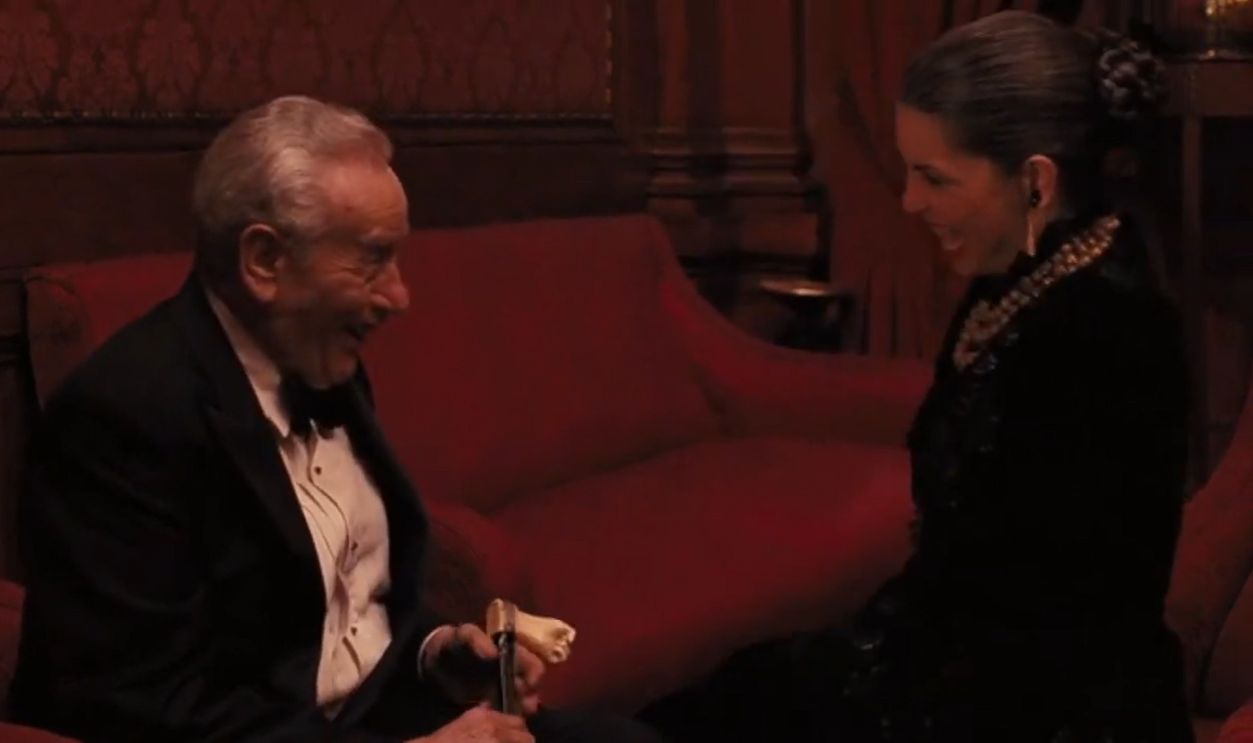 Connie Corleone Ends Don Altobello by Yah Struck
Connie Corleone Ends Don Altobello by Yah Struck
Kay Attending The Opera After All The Trauma
She tried to shield the kids and severed ties with the family’s darkness. Yet in Part III, Kay sits front-row at a Corleone-sponsored opera like it’s just another night out. For someone so adamant about escaping that world, her return feels unearned and strangely casual.
 Paramount, The Godfather Part III (1990)
Paramount, The Godfather Part III (1990)
Michael Handing The Reins To Someone Like Vincent
Vincent is impulsive, short-tempered, and volatile—basically the opposite of everything Michael learned the hard way. Yet somehow, he’s deemed the ideal successor. The choice contradicts Michael’s entire arc toward control and legitimacy and makes the handoff feel rushed and risky rather than the result of thoughtful succession planning.
Frank Pentangeli’s Bizarre Last-Minute Loyalty Shift
He’s ready to testify, betrayed and bitter, until one talk with Michael’s brother in the shadows makes him do a 180. Frank suddenly decides to protect the man who nearly got him killed. The change in heart lacks clarity or context and leaves viewers guessing what really happened in that brief encounter.
 The Godfather Part 2 - Michael and Frank Pentangeli by Bib48_MovieClips
The Godfather Part 2 - Michael and Frank Pentangeli by Bib48_MovieClips
Carlo’s Blatant Betrayal Despite Being Family
As Sonny’s brother-in-law and a known liability, Carlo still gets access to private Corleone movements. His decision to backstab the family that keeps him afloat feels not only reckless but suicidal. There’s no long con, no escape plan—just a short-sighted double cross that’s doomed from the moment it starts.
 The Godfather scene. Michael kill Carlo Rizzi by Paul Anderson
The Godfather scene. Michael kill Carlo Rizzi by Paul Anderson
Michael’s Kids Aging Inconsistently
Anthony and Mary age nearly a decade between films, but Michael seems frozen in time. The timeline between Part II and Part III doesn’t line up with how the children mature or how little Michael visibly changes. It’s a jarring visual gap that makes continuity harder to track or believe.
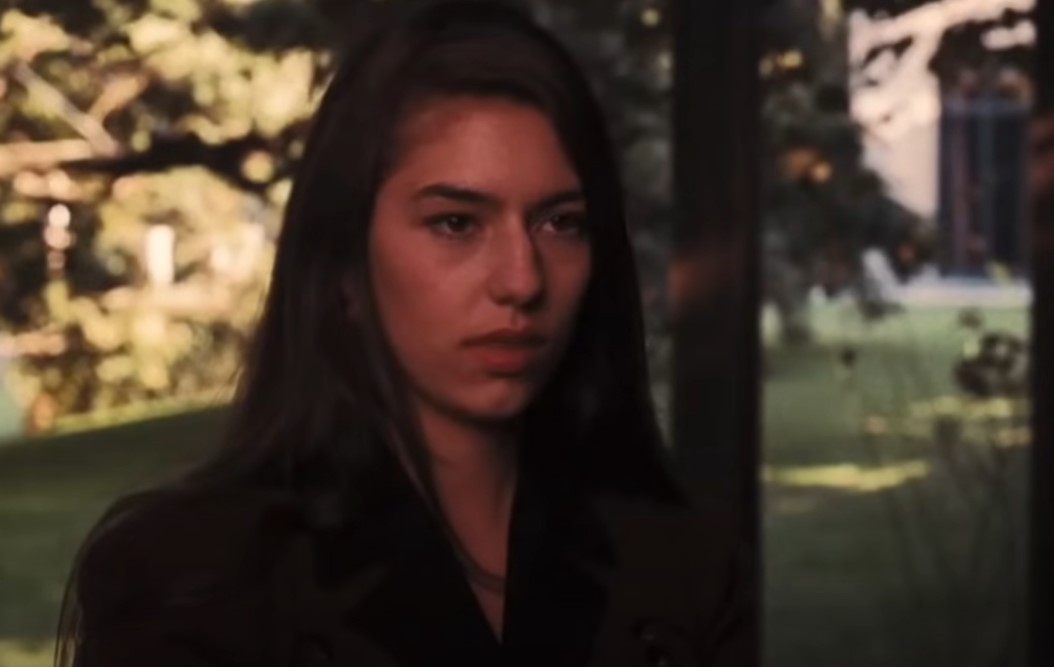 Paramount, The Godfather Part III (1990)
Paramount, The Godfather Part III (1990)
Vito’s Flashbacks Conflicting With Earlier Details
Part II gives us young Vito’s backstory, but some elements don’t match what was implied in Part I. His rise to power and early connections contradict how others originally described him. While compelling on their own, these flashbacks create narrative tension with the world we thought we already understood.
 GODFATHER LANDLORD 'DOG STAYS ' SCENE EPIC ROBERT DE NIRO- HD, How To
GODFATHER LANDLORD 'DOG STAYS ' SCENE EPIC ROBERT DE NIRO- HD, How To
Hyman Roth’s Rapid Health Decline And Strength Bursts
He’s supposedly dying, constantly coughing under medical supervision, but Roth still travels internationally and plots from every corner. His condition flips as the plot needs it. In one scene, he’s collapsing; the next, he’s full of venom and schemes. It’s illness by convenience, not consistency.
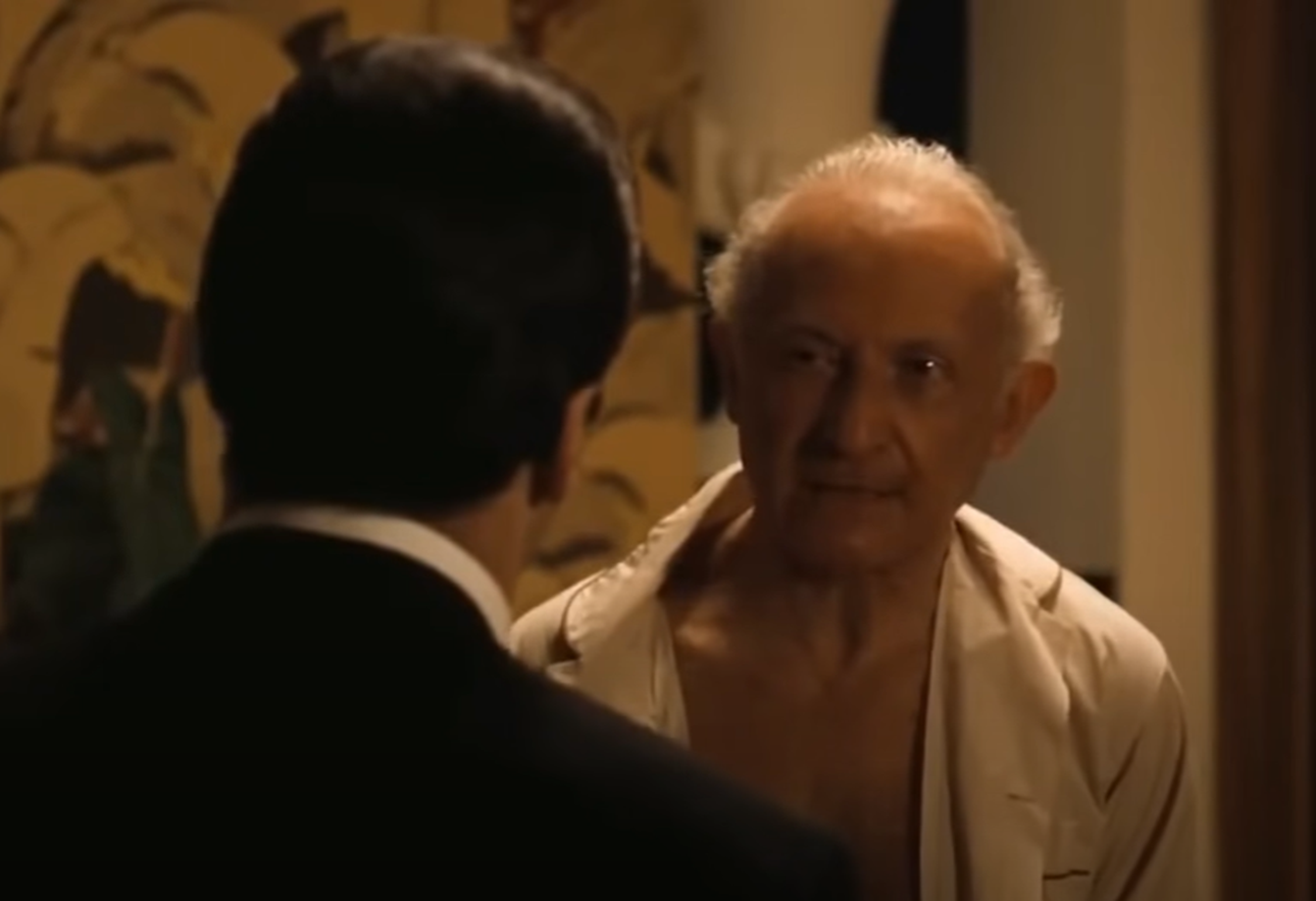 Paramount, The Godfather part II (1974)
Paramount, The Godfather part II (1974)
The Opera Scene Lasting A Full 30 Minutes While The Hit Unfolds Simultaneously
Al Pacino’s character sits through Cavalleria Rusticana while outside, an elaborate assassination plot unfolds. The action overlaps in real-time, but the pacing doesn’t match. Either the opera is unusually long, or the hitmen move impossibly fast. It’s a dramatic sequence, but it’s not one grounded in realistic timing.
 The Godfather III - Scene Opera Cavalleria Rusticana by Pedro Uchiha
The Godfather III - Scene Opera Cavalleria Rusticana by Pedro Uchiha
Fredo’s Cuban Trip Being Last-Minute Yet Fully Booked
Michael decides to bring Fredo to Cuba on short notice during a politically unstable moment. Somehow, flights are booked and accommodations secured while Fredo is granted access to high-level discussions. Given the era and rising tensions, the logistical ease of this last-minute arrangement doesn’t hold up under basic scrutiny.
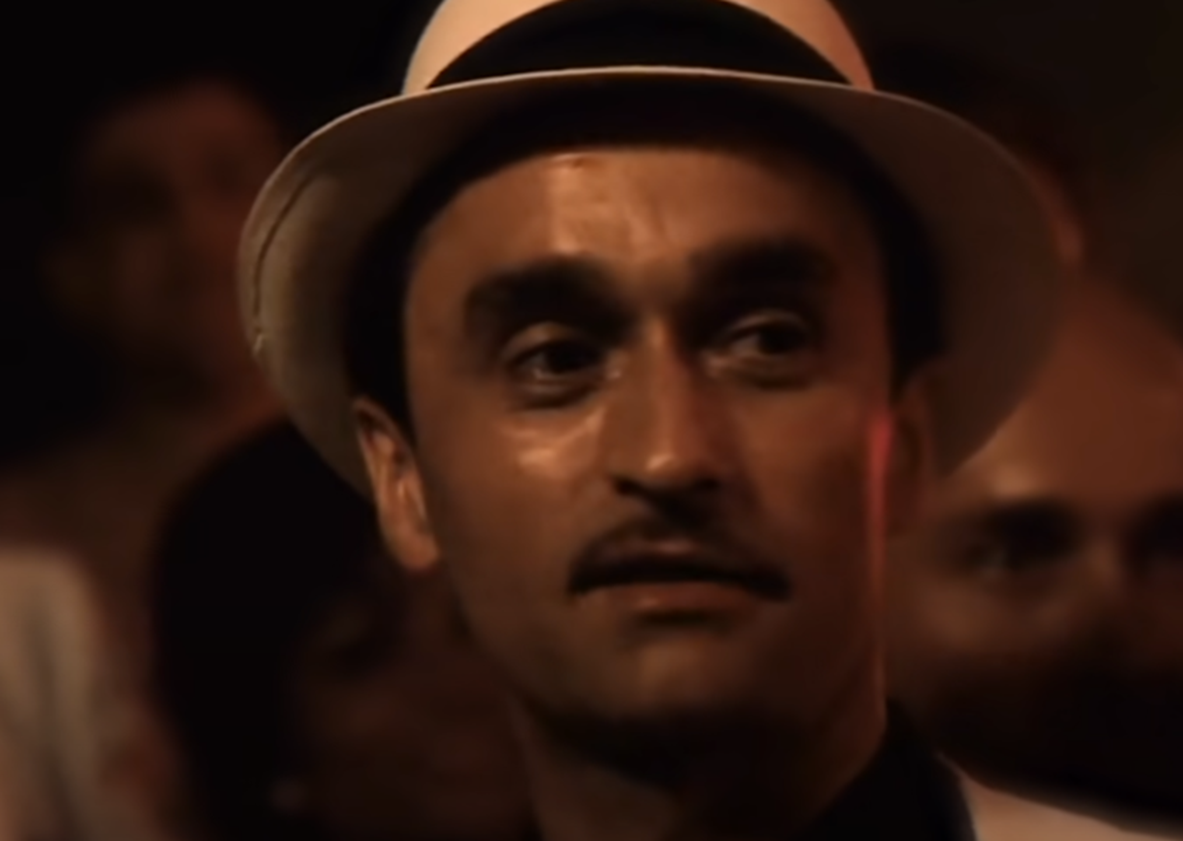 Paramount, The Godfather Part II (1974)
Paramount, The Godfather Part II (1974)
Apollonia’s Family’s Reaction Never Shown
After her car explodes, no one from Apollonia’s village mourns or even blames Michael. Her sudden and brutal death receives no follow-up. The family disappears from the narrative entirely. For a culture centered on honor and family, the silence following her murder feels more like a plot gap than realism.
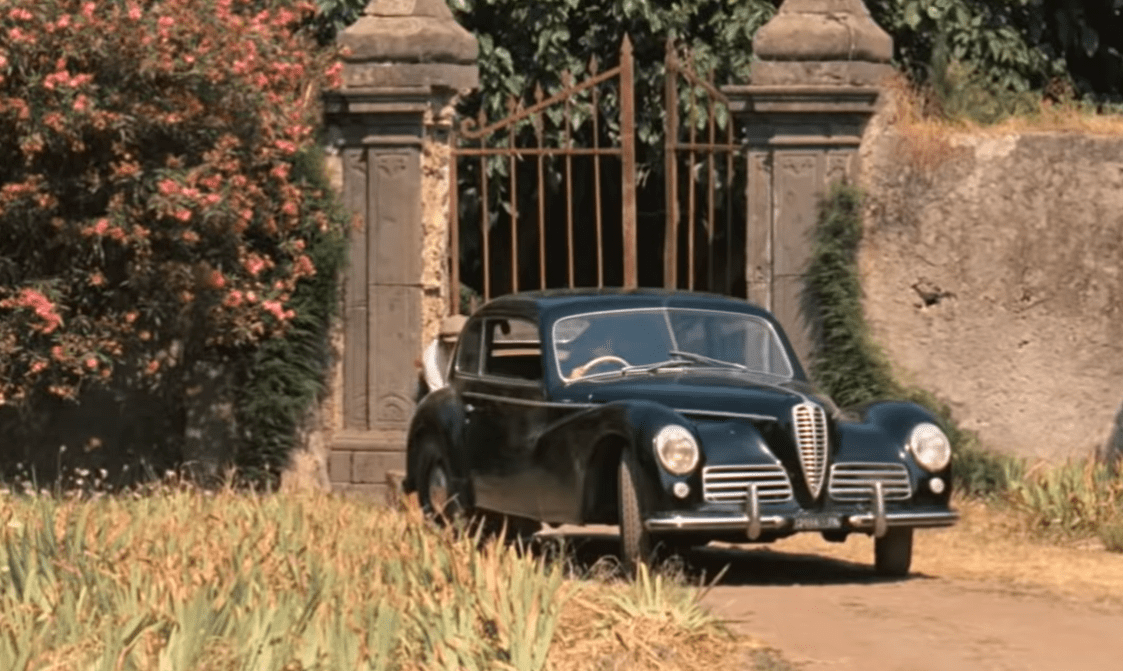 The Godfather (1972), Paramount Pictures
The Godfather (1972), Paramount Pictures
Anthony’s Voice And Face Keep Changing
From Part II to Part III, Anthony evolves from a quiet child to an opera performer but with entirely different actors and temperament. The recasting is expected, but the tonal shift isn’t addressed. Viewers are left to assume that between films, he gained a new face and personality off-screen.
 The Godfather 3: Anthony Corleone singing (Brucia La Terra) by Pichiti
The Godfather 3: Anthony Corleone singing (Brucia La Terra) by Pichiti
Don Altobello Seems Ageless Through Decades
Don Altobello appears elderly and frail in Part III, yet has supposedly been a longtime contemporary of Vito Corleone. If that’s the case, he should be nearing a century old, but he moves and delivers lines with vigor. His timelessness reads more theatrical than believable, especially in a grounded crime saga.
 The Godfather: Part III (1990) - Do the Donkey For Me by W&H
The Godfather: Part III (1990) - Do the Donkey For Me by W&H
Senator Geary Getting Blackmailed And Vanishing
After being caught in a compromising position, Senator Geary becomes a silent puppet for the Corleones and then disappears from the narrative. There’s no follow-up and no sign of what influence he continues to exert. For a high-profile official, his exit feels abrupt and narratively underdeveloped.
 The Godfather Part 2 - Senator Geary by Bib48_MovieClips
The Godfather Part 2 - Senator Geary by Bib48_MovieClips

